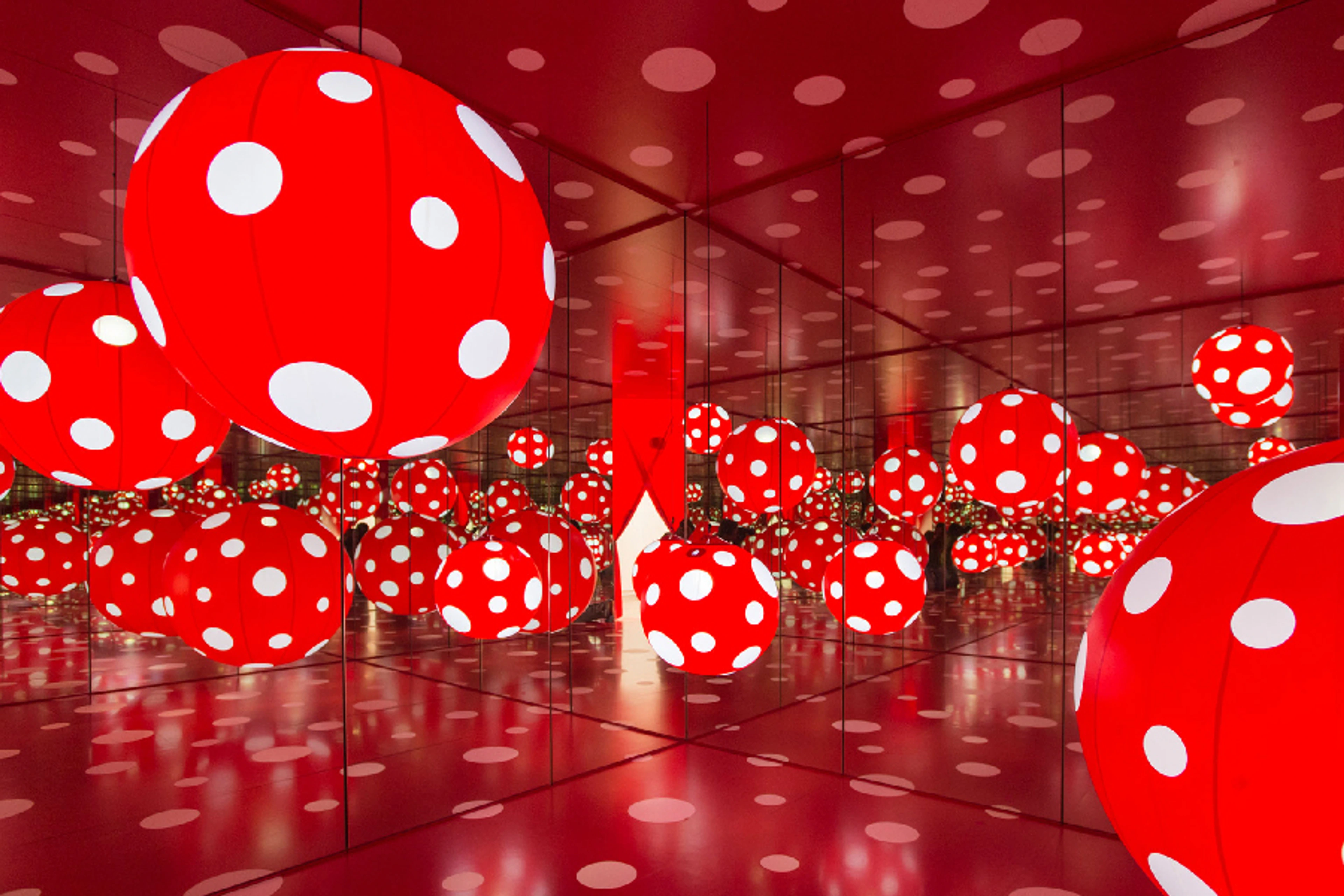
Teen Room Art Guide: Self-Expression, Creativity & Decorator Tips
Empower your teen to choose art that inspires self-expression & well-being. A decorator's guide with tips on abstract, DIY, digital art, collaboration, practical display & balancing evolving tastes.
Choosing Art for a Teenager's Room: Inspiring Creativity and Self-Expression – A Decorator's Perspective
My own teenage room was a glorious, messy testament to who I was (and who I desperately wanted to be). Posters of bands, hastily drawn sketches, and yes, even a dubious glow-in-the-dark alien sticker I thought was the epitome of cool. My parents, bless them, vaguely hoped a few hand-me-down prints would 'cultivate good taste.' But honestly? It was never about curating a 'nice' room. It was about staking my claim, a raw, visual diary of my constantly evolving identity. And from my perspective as a decorator, that's exactly what a teenager's room should be. This space isn't just four walls; it’s their first real shot at designing their own world, a crucial stage in their identity formation. Helping them choose art for that world is a journey of empowerment we're about to embark on together, ensuring their space is a true reflection of their blossoming identity. This guide offers practical advice and inspiration for both parents and teenagers, balancing aesthetics with the crucial need for self-expression and age-appropriateness. Together, we'll transform a simple room into a dynamic personal gallery, diving into the 'why' behind their artistic inclinations, exploring the art of meaningful collaboration, unpacking diverse art types that truly resonate, and navigating the practicalities of bringing their vision to life.
The Teenage Room: More Than Just Four Walls
Think about it: a teenager's room is their sanctuary, their battlefield, their creative lab. It's where they decompress, dream, study (sometimes!), and hang out with friends. But crucially, it's their personal space – perhaps the only place entirely their own, a stage for trying out who they are becoming. From a decorator's standpoint, this room is unique; it’s less about perfect design and more about reflecting a burgeoning personality. So, the art they choose isn't just decoration; it’s a silent collaborator in their journey of self-discovery. I've often seen how a single piece can shift the entire energy of a space, much like a good song can change your mood instantly. And let’s be real, teenagers are all about mood. It can be tricky, though. Their tastes might swing wildly from one extreme to another. One day it's moody black and white photography, the next it's vibrant pop art. And you know what? That's perfectly normal. They're trying on different identities, seeing what fits. Our job, if we choose to accept it (and as a decorator, I certainly do, despite the occasional existential crisis induced by their choices), is to facilitate that exploration, not stifle it. This dynamic, often wonderfully chaotic nature of their space, is mirrored in the art they gravitate towards – pieces that capture their evolving perspective:

In essence, a teenager's room is their canvas for self-discovery, and the art they choose is a crucial part of that unfolding story. As a decorator, I view it as co-creating a space that truly resonates with them.
The Art of Collaboration: Your First Steps to Co-Creating Their World
Given this ever-shifting landscape of teenage identity and taste, and the powerful role their room plays in shaping it, the most effective (and truly rewarding) approach to choosing art is undeniably a collaborative one. This is, hands down, the most crucial step, and one where I've definitely learned a thing or two (mostly from making mistakes, as tends to be my style). I once thought I knew exactly what my nephew would adore – a large, very expensive print of a minimalist cityscape. Turns out, he wanted something entirely different, and my well-intentioned 'gift' ended up in the attic, probably collecting dust bunnies as we speak. So, trust me on this: don't just pick something out for them, no matter how much you think they'll love it. They probably won't. Or if they do, it'll be a fluke, and who wants to bank on a fluke?
Instead, make it a joint adventure right from the start. As a decorator, my first step is always to initiate a conversation, sans judgment. Ask them: what kind of feelings do you want your room to evoke? Do they want it calming? Energetic? Mysterious? This isn't just about the color palette itself; it's about the broader atmosphere the colors and forms create. Think of how a deep blue can soothe, while a fiery red ignites – it’s about the emotional resonance. Show them a range of art – from abstract pieces that spark imagination to more literal representations of things they love. Maybe browse through art online together, or even better, visit a local gallery or an artist's museum, like the one I have in /den-bosch-museum. You might be genuinely surprised by what catches their eye. Consider creating a digital mood board together on platforms like Pinterest; it's a low-pressure way for them to visually articulate their preferences, and for you to see patterns in their choices. It’s their brain, externalized.
I remember one teen who was obsessed with skateboarding. Initially, I, in my infinite decorator wisdom, thought they'd want literal skate art – you know, boards, half-pipes, all the obvious stuff. But after some honest conversation, a real 'aha!' moment for both of us, we realized they were actually drawn to abstract, geometric shapes and dynamic lines. Why? Because it mirrored the feeling of movement, speed, and boundless freedom they got from skateboarding. It wasn't about the board itself, but the very essence of the activity, translated into art. This understanding of deeper connections, of how art can evoke the essence of a passion rather than just its literal representation, is precisely what leads us to explore the types of art that truly resonate with teenagers.
In short, truly involving your teenager in the art selection process transforms decoration into a powerful exercise in personal empowerment, fostering a space that genuinely feels like theirs. It’s their world, and you’re just helping them paint it.
What Kind of Art Inspires Creativity and Self-Expression? A Decorator's Guide to Themes
Once we've embraced this collaborative spirit and truly understood the deeper connections art can forge, the next (and truly exciting) step is to dive into the kinds of art that genuinely resonate with teenagers. These pieces spark their unique creativity and reflect their blossoming identity. As a decorator, I see these categories not as rigid boxes, but as springboards for exploration – a buffet, if you will, for their evolving souls.
1. Abstract Art: The Unspoken Language of Teen Emotions
Ever wondered why a splash of color can feel like a whole mood, even without a clear subject? Abstract art speaks so powerfully to teenagers because it doesn't tell them what to think. It invites interpretation, encourages imagination, and allows for deeply personal connection. A vibrant splash of color or a complex pattern can be whatever they need it to be on any given day. It’s fluid, just like them, constantly shifting and evolving. (And let's be honest, who understands shifting and evolving better than a teenager?) The beauty of abstract art, especially for adolescents, lies in its capacity to serve as a mirror to their inner world. This age is a whirlwind of emotions – sometimes joyous, sometimes confusing, often unarticulated. Abstract pieces, with their non-representational forms and colors, allow them to project their own feelings and experiences onto the canvas without the pressure of a 'correct' interpretation. It's a safe space for processing, a visual diary that evolves with their mood, offering a sense of calm or a burst of energy exactly when needed.
As an artist myself, I'm constantly drawn to bold colors and geometric forms in my own work. I've seen firsthand how they can evoke different emotions depending on the viewer, much like a vibrant sunset or a complex cityscape. This fascination with color's power is something I've explored extensively in my own work, particularly in pieces that delve into the psychology of color in abstract art. For those navigating the often turbulent waters of adolescence, a minimalist abstract piece might offer a quiet visual retreat, a moment of calm amidst the chaos. Conversely, a dynamic, energetic abstract work could be the perfect visual fuel for creative bursts or a boost before a big presentation. As a decorator, I often advise pairing calmer abstracts with a study area, or more energetic ones near a creative zone. This ability to connect deeply, without words, is a profound gift of abstract art. Ready to explore what speaks to them? You can find many such styles on my /buy page.

In essence, abstract art offers teens a boundless canvas for their inner world, and a decorator knows exactly how to harness its power for specific emotional and aesthetic outcomes.
2. Personalized & DIY Art: Stamping Their Unique Identity
What better way to make a space truly theirs than with their own hands? Nothing says self-expression quite like their own creations. As a decorator, I always encourage this! Whether it's their drawings, paintings, collages, or even just a well-curated collection of photos, these pieces are invaluable. And please, don't underestimate the power of presentation! Frame them! Seriously, framing a simple drawing can elevate it to art status instantly. But let's take it a step further: what about specific DIY projects?
For instance, a simple Mixed-Media Collage: grab old magazines, scraps of fabric, perhaps some forgotten buttons, a dash of acrylic paint, and some strong glue. Let them cut, tear, and layer elements onto a sturdy piece of cardstock or a small canvas. The process is tactile, narrative, and deeply personal – a vibrant display of their current interests, worries, or dreams. Or maybe a modern string art piece on a wooden board, using bright threads to create geometric patterns – a surprisingly meditative process with a striking visual result. Another idea? How about turning old vinyl records into abstract wall sculptures with some heat and paint? Or even creating a photo-transfer canvas using personal photos and a medium gel for a truly unique, textured effect. These kinds of projects, like the journeys I delve into on my page about my journey with mixed media, celebrate their efforts and transform their room into a true reflection of themselves. My decorator's tip here is to help them find elegant ways to display their creations, turning what might seem like 'crafts' into genuine art statements. Don't fear the mess; embrace the creation!
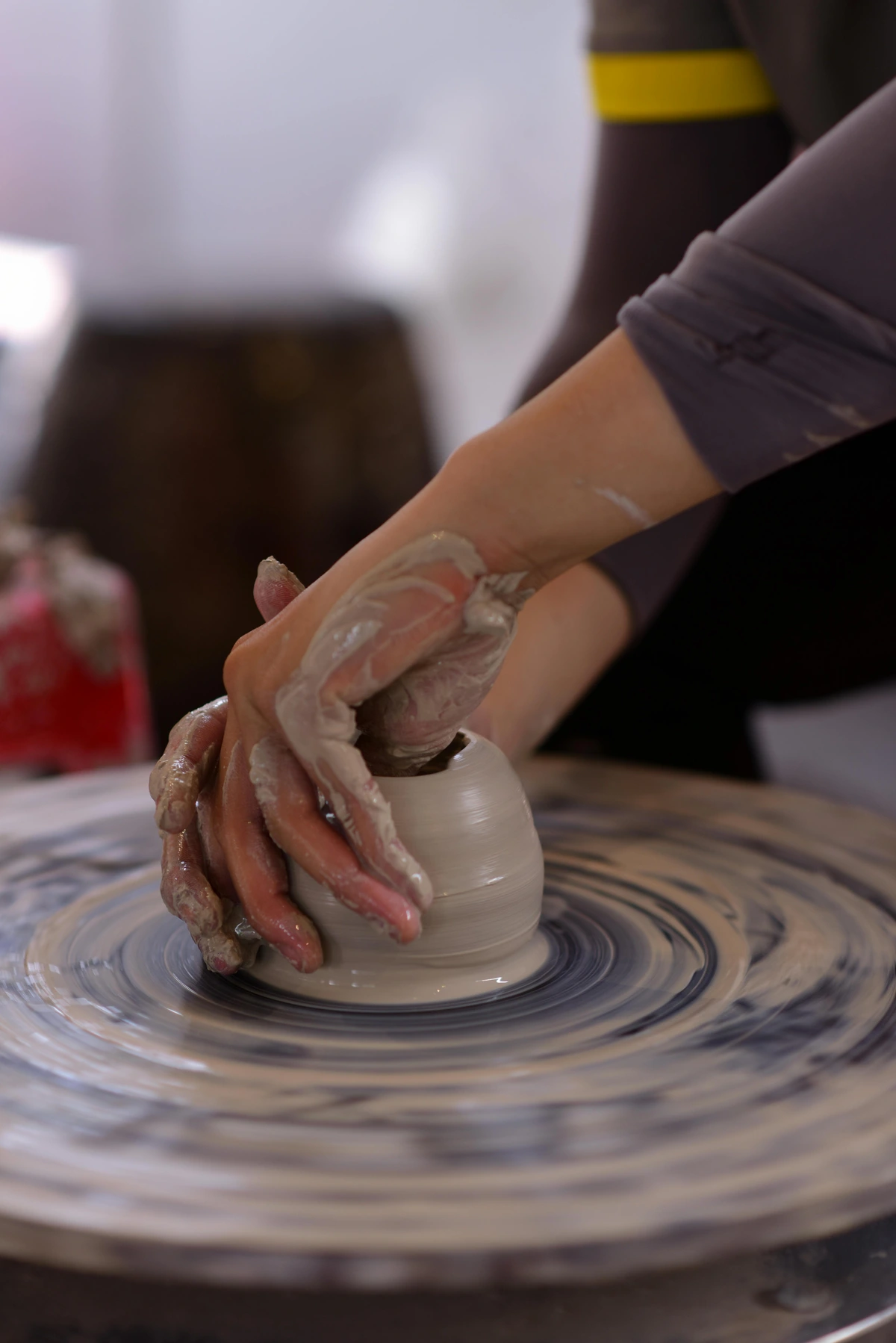
https://images.zenmuseum.com/introduction-to-ceramics-history-techniques-and-contemporary-practice/fc96b0d0-8e74-11f0-a93f-4d85ced23292.jpeg, licence

publicdomainpictures.net, licence
Ultimately, DIY art makes a room undeniably personal, turning it into a gallery of their evolving creations – truly a decorator's dream for bespoke interior design. And frankly, it's way more interesting than just another band poster.
3. Art Reflecting Hobbies & Interests: Connecting to Their Passions
How can art celebrate what they love? It's about finding that visual echo of their deepest passions. If they're into music, maybe it's a cool graphic poster from their favorite indie band, or an abstract piece that captures the feeling of a specific genre. If they're a budding scientist, perhaps a stylized constellation map, an intricate illustration of a historical invention, or even a vibrant fractal print. For a gaming enthusiast, it might not be a literal video game character, but an abstract piece with colors and shapes that echo the digital worlds they inhabit – pixelated motifs, circuit board patterns, or dynamic light effects. For the sports fanatic, perhaps minimalist line art depicting movement, or a bold abstract piece in their team's colors. Do they love reading? A striking print inspired by their favorite book's themes or a literary quote in a unique typeface. Into coding? Abstract art that resembles digital algorithms or geometric grids. The key here is authenticity. It's about discovering what genuinely resonates with them, rather than what we, as adults, might assume is cool. As a decorator, I help translate these passions into aesthetically pleasing art choices, ensuring they don't look childish or out of place. This approach helps cement their identity and makes their room feel genuinely personal.
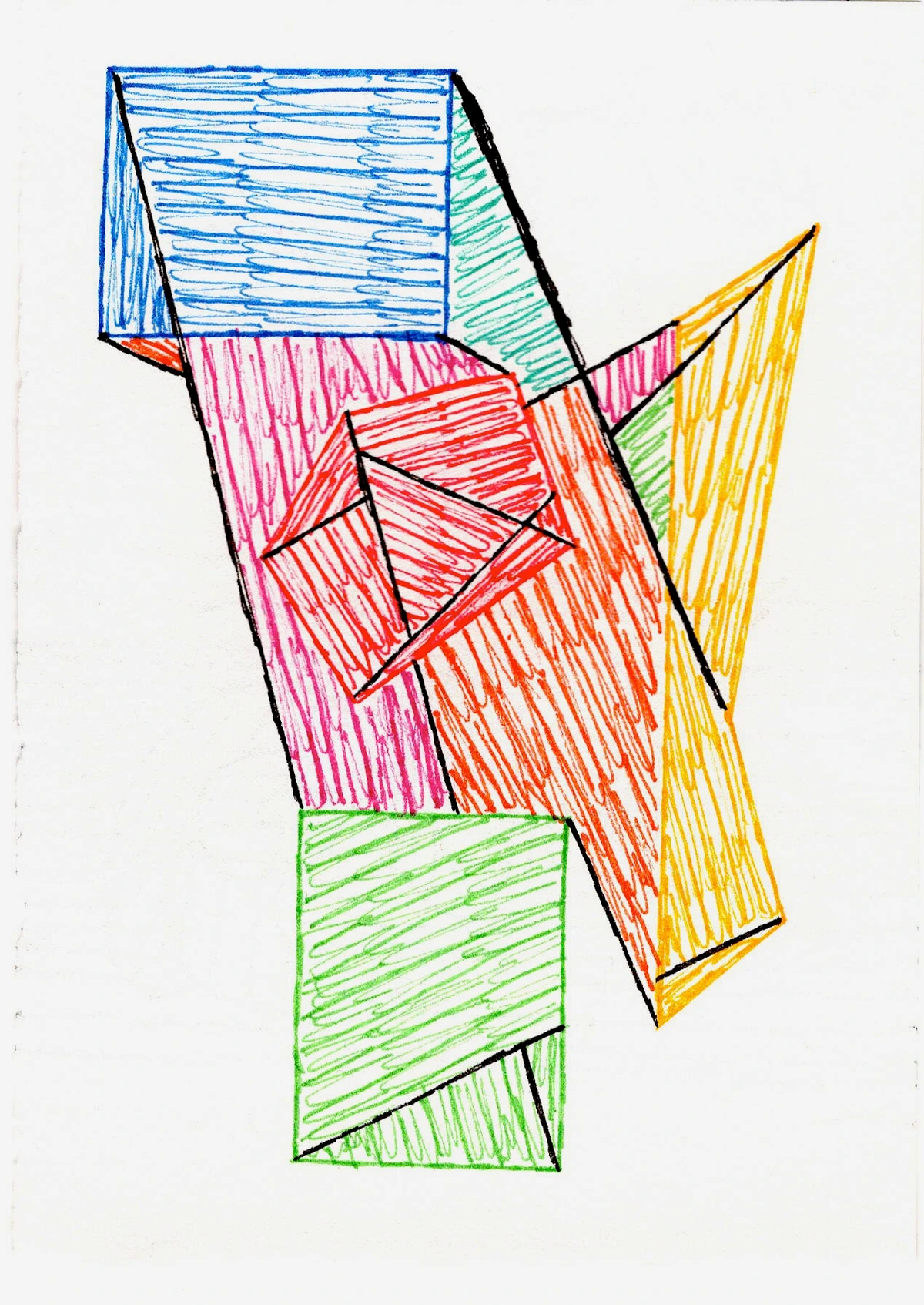
In essence, art that mirrors their hobbies reinforces identity and makes their space truly feel like home, a personalized touch every good decorator strives for. It tells their story without needing a single word.
4. Motivational & Thought-Provoking Pieces: Daily Doses of Inspiration
What can art remind them of every day? Sometimes, a simple quote or a powerful image can serve as a daily reminder or a source of reflection. But choose wisely. We’re not talking generic platitudes here; teenagers are far too savvy for that! Think quotes about resilience, personal growth, individuality, or social justice themes that genuinely resonate with their developing worldview. Perhaps a piece encouraging mental health awareness or self-acceptance, or a powerful image that sparks reflection on navigating social pressures. A powerful abstract image could also provoke thought, encouraging them to look deeper. Art can spark conversations, provoke thought, and even influence their perspective – much like the journey I recount on my /timeline page, where art became a constant companion and a wellspring of inner dialogue. A decorator's advice here: ensure the typography complements the room's aesthetic, and that the message isn't overwhelming but subtly empowering. It should feel like a whisper of encouragement, not a shouted command.

Essentially, these pieces offer daily inspiration, sparking reflection and shaping a positive mindset, thoughtfully curated by a mindful decorator.
5. Digital Art and Online Inspiration: Their Native Visual Landscape
Where do today's teens truly discover their visual aesthetic? Let's be honest, for many teenagers, their 'art gallery' often starts online. Platforms like Pinterest, Instagram, DeviantArt, or even TikTok are fertile grounds for discovering visual styles, artists, and trends. These platforms, along with dedicated online art communities and forums, foster a sense of belonging and shared interest among young creators and appreciators. Digital art, whether it's abstract graphics, generative art, glitch art, or even animated loops, is a huge part of their visual culture. Think about how they might even be fostering their own creativity using digital art tools like Procreate, Adobe Fresco, or online editors – the art on their walls could inspire or reflect their own digital dabblings! These can often be printed affordably as high-quality posters or framed prints. Encourage them to explore and curate their digital spaces, then bring some of that inspiration into the physical realm. As a decorator, I often work with clients to translate these digital finds into physical decor, perhaps printing a high-resolution abstract graphic on a large canvas, or creating a curated gallery wall of their favorite digital artists. On a side note, the rise of AI-generated art is also a significant trend, transforming how art is created and consumed. While fascinating, it also brings up ethical conversations about authorship and originality – important discussions for young minds to engage with early on, perhaps even exploring collaborative projects with AI as I've considered in AI as co-creator. And having personally navigated the sometimes murky waters of online art, I've learned the importance of attribution. Encourage them to be mindful of copyright and licensing – giving credit where it's due, especially if they’re printing fan art or sharing someone else's digital creation, is a habit worth cultivating early. It’s about being a good digital citizen, really. This is an accessible way to engage with art that speaks directly to their generation, a new frontier for collectors as explored in the rise of digital abstract art.

Ultimately, digital art allows teens to connect their online world with their physical space, fostering both creativity and digital literacy – a blend a modern decorator absolutely embraces.
6. Art as a Tool for Well-being: Beyond Mere Decoration
Can a piece of art actually help them de-stress after a tough school day? Beyond mere aesthetics, art in a teenager's room can quietly contribute to their mental well-being. A piece that evokes calm can be a visual anchor during stressful study sessions. Art that celebrates self-expression validates their identity. This isn't just a decorative choice; it's a subtle investment in their emotional landscape, fostering a sense of peace or empowering confidence. Think of how art therapy often uses creation and observation to process emotions; while we're not clinicians, the principles of using art for emotional regulation are certainly at play here. Specific colors and forms are known to influence mood – soothing blues and greens for calm, vibrant yellows for energy. I've personally found art to be a gateway to inner peace, a sentiment I explored in Mindful Moments. For those grappling with the whirlwind of teenage emotions, a calmly composed abstract piece with soothing blues or greens can act as a visual anchor, a quiet moment of respite. Or perhaps a piece with dynamic, vibrant colors to channel nervous energy into creative drive. As a decorator, I often suggest placing these calming pieces opposite their bed or near a quiet reading nook, making it a conscious part of their emotional toolkit. It's about finding that visual balm or spark, unique to them, that helps them navigate the day.

In short, thoughtfully chosen art can be a powerful, silent ally in a teenager's emotional well-being journey, a vital consideration for any mindful decorator. Who knew decor could be so therapeutic?
7. Historical Echoes: Art as Rebellion, Identity, and Connection
Why should a teen today care about art from decades, or even centuries, past? It might surprise you, but throughout history, art has been a powerful voice for youth, a means of challenging norms and forging new identities. Think of the raw, rebellious energy of punk rock zine art from the 70s, challenging societal norms with bold, DIY aesthetics. Or the impactful social commentary of early street art pioneers, turning urban walls into canvases for expression, much like the anonymous social critique of Banksy's iconic works, which resonate with a modern sense of defiance and questioning authority. Consider the work of Jean-Michel Basquiat, whose neo-expressionist pieces channeled raw emotion and social critique, resonating with a generation grappling with identity and systemic issues, making him an enduring icon of youthful artistic rebellion. Even the anti-establishment spirit of Dadaism post-WWI, with its absurd and provocative collages, offers a fascinating look at art as a tool for questioning the status quo, an influence I've often seen endure in de blijvende invloed van het dadaïsme.
Or think of Henri Matisse, who, in his earlier works, challenged traditional artistic conventions by liberating color from its descriptive function, urging viewers to experience emotion directly through vibrant hues, much like a teenager finding their own voice by breaking free from established norms. And for a more vibrant, immersive contemporary example, consider Yayoi Kusama, whose kaleidoscopic installations and polka-dot motifs challenge perceptions of space and self. Her work, often deeply personal yet globally resonant, offers a playful yet profound take on obsession and infinity, appealing to a younger generation’s desire for unique, boundary-pushing experiences. Even if they're not starting a revolution, their art choices connect them to a long lineage of self-expression and cultural dialogue. As a decorator, I help them find modern pieces that echo these historical movements, perhaps a contemporary abstract piece with a Basquiat-esque energy, a minimalist print reminiscent of Matisse's early color explorations, or even a playful piece inspired by Kusama's repetitive patterns. It’s a quiet nod to the idea that art isn’t just pretty; it’s powerful, a testament to what makes us human, a visual record of our collective conversations and transformations, a concept I've often pondered and explored in relation to abstract art movements, as you can see in de ultieme gids voor abstracte kunststromingen.

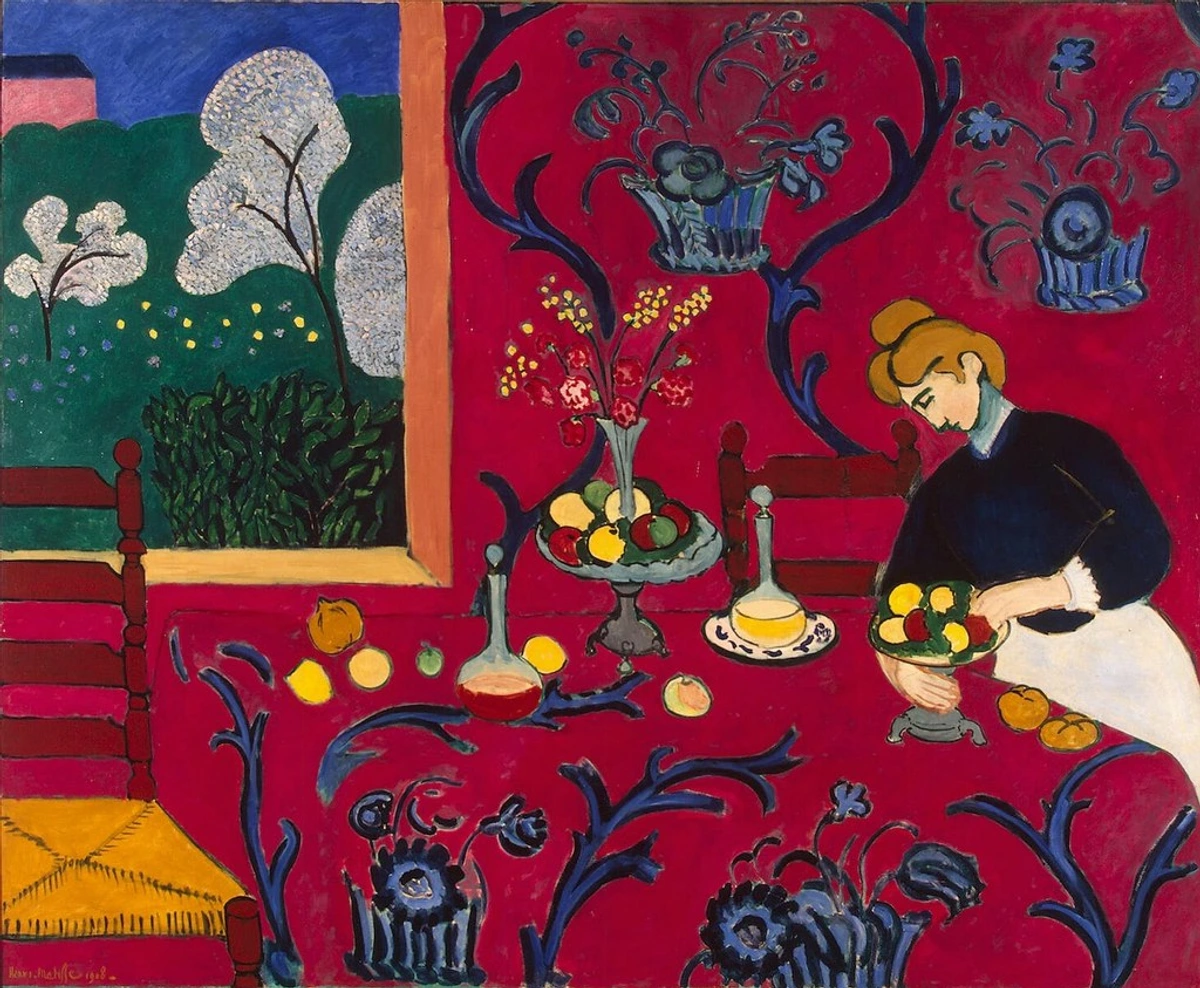


https://upload.wikimedia.org/wikipedia/commons/e/e6/Yayoi_Kusama%2C_Dots_Obsession%2C_2013-2016.jpg, licence
Ultimately, exploring historical art movements (and contemporary legends) connects teens to a broader legacy of rebellion and self-expression, affirming their own voice – a historical perspective a seasoned decorator truly values.
8. Art as a Reflection of Cultural Trends: Navigating the Fleeting and the Enduring
In their increasingly digital world, cultural trends, internet memes, and social media aesthetics play a massive role in shaping a teenager's visual language. This isn't just about 'what's cool' right now; it's about how they connect with their peers and express their contemporary identity. Think about the vibrant, often surreal aesthetics seen in TikTok trends (ever scrolled through #cottagecore or #darkacademia?), the specific visual styles of popular video games (the neon glows of cyberpunk or the pastoral charm of Animal Crossing), or the meticulously crafted imagery of K-pop groups – these all influence what young people find visually appealing. But how do you, as a decorator (or parent), balance the fleeting nature of trends with the desire for something that lasts?
I've often found that incorporating trending elements through easily changeable mediums – like digital prints, posters, or even collaborative art projects that reflect current interests – allows for that vital self-expression without a huge commitment. Meanwhile, foundational pieces, perhaps an abstract work that evokes a timeless emotion or a framed personal photo, can provide stability amidst the flux. It's about giving them permission to embrace the now, while also nurturing an eye for enduring beauty. This approach often ensures their room evolves with them, rather than being stuck in a single moment. After all, nobody wants a room that screams "2020," right?
In essence, understanding cultural trends in art allows for dynamic self-expression, balancing the ephemeral with the timeless – a delightful challenge and opportunity for any modern decorator.
9. Art as a Reflection of Social & Environmental Consciousness
Today's teenagers are often deeply passionate about social justice, climate change, and various humanitarian causes. Art provides a powerful, visual platform for them to express these deeply held values and engage with the world's challenges. Imagine a striking print featuring an endangered species to highlight biodiversity, perhaps a minimalist illustration by an artist known for environmental activism. Or how about a collage made from recycled materials, conveying an urgent message about sustainability – something they could even create themselves? A powerful photo of a climate strike or abstract art using colors of a particular flag to speak to their commitment to social change also works. These pieces aren't just decorative; they're statements. Choosing art that reflects their social and environmental awareness allows them to personalize their space with meaning, turning their room into a quiet declaration of their convictions. It’s a way to foster empathy and an active, engaged worldview, reinforcing that their values matter. Furthermore, consider art that celebrates cultural heritage or diverse backgrounds; such pieces can foster a profound sense of belonging and representation, validating their identity and promoting a more inclusive perspective. A decorator (like yours truly) can help source ethical, sustainably produced art, or connect teens with artists whose work aligns with their values. It’s about making their room a microcosm of the world they want to see.
Essentially, art becomes a visual declaration of their values, fostering empathy and an engaged worldview – a meaningful layer a thoughtful decorator can help integrate.
10. Art as a Conversation Starter: Beyond the Walls
Could a piece of art spark a family discussion? I've often found that a challenging or particularly evocative piece on a wall can become an unexpected catalyst for deeper conversations within the family. It's an opportunity to explore values, beliefs, and emotions, providing a window into your teen's evolving worldview and a chance for you to share your own perspectives. Don't shy away from art that provokes; embrace it as a tool for connection. As a decorator, I often suggest placing such pieces in communal areas of the room, like above a shared seating area, to naturally invite dialogue.

In essence, art in a teen's room can serve as an invaluable bridge for open dialogue and family connection, a subtle touch a thoughtful decorator can cultivate.
11. Cultivating Creativity: Beyond the Hobby
What if their art choices inspire more than just decor? Choosing art for a teen's room isn't just about decoration; it's also about nurturing a burgeoning passion that might blossom into a lifelong hobby or even a career. By encouraging them to engage with different styles and mediums, you're fostering creativity that extends far beyond the canvas, potentially opening doors to design, digital media, or fine art fields. It's an investment in their future, not just their walls. As a decorator, I believe a well-designed room can be a catalyst for growth, providing visual inspiration that sparks innovation and encourages experimentation in their own artistic endeavors.
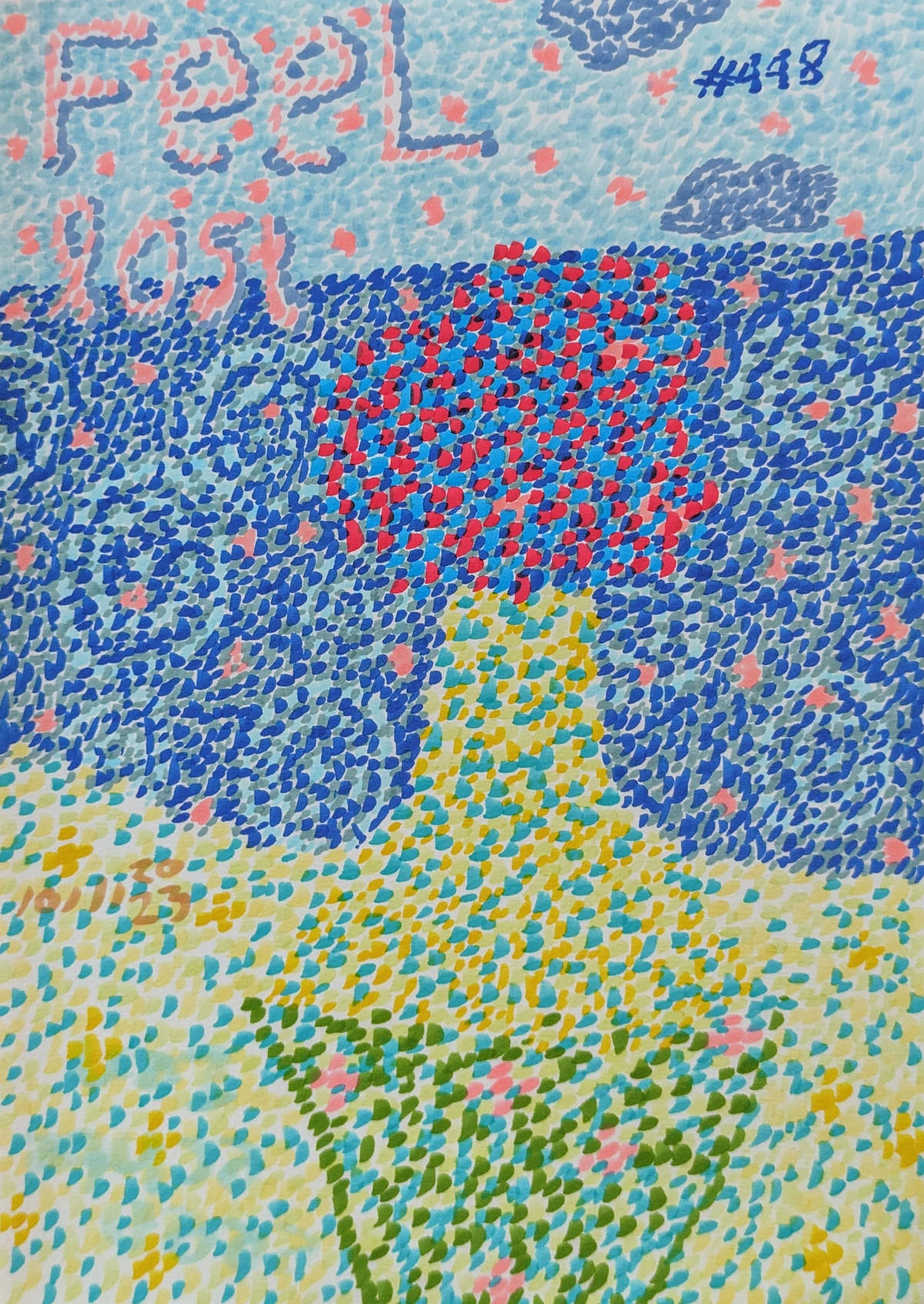
Essentially, encouraging art choices cultivates a broader creativity, potentially shaping lifelong passions and future paths – a decorator's secret weapon for inspiring youthful talent.
Practicalities: Size, Placement, Budget, and Display – A Decorator's Handbook
So, you're on board with the collaborative approach and have a clearer sense of what kind of art might work. But how do you actually bring it all together, practically, in their space, ensuring it looks good and stays good? That's where we get down to the nitty-gritty. I've definitely had my share of practical blunders – like that time I tried to hang a massive canvas above a delicate dresser, only for it to come crashing down (thankfully, no one was hurt, but my decor ego certainly took a hit). Learning from these little mishaps, here’s how to avoid some of the pitfalls, straight from a decorator’s playbook:
Size Matters: Scale and Impact
As a decorator, I can tell you that scale is paramount. A huge canvas in a tiny room can feel overwhelming, true, but a strategically placed large-scale abstract piece can also make a powerful statement without dominating, especially if it's the focal point. Conversely, consider smaller pieces arranged in a gallery wall style. Always measure first; I've learned that lesson the hard way in my own space more times than I care to admit – let's just say my first attempt at a gallery wall looked less 'curated' and more like a small, confused bird had tried to redecorate with minimal artistic training. Remember to consider the scale of the room itself – not just the wall space, but the overall feeling. Sometimes, a bold piece in a smaller room can surprisingly enhance the sense of depth, as I explored in my guide to abstract art for small spaces. Think about how much visual 'weight' the art carries in relation to the furniture and open space around it. A decorator's rule of thumb: for a single piece above a furniture item, aim for the art to be approximately two-thirds the width of the furniture.
Placement is Key: Where to Hang Their Dreams
Above the bed, opposite a desk, or on a wall they face often – these are classic decorator spots. Think about where their eyes naturally fall when they're relaxing or focusing. Sometimes, a series of smaller prints can tell a story across a wall. Consider creating a focal point with one significant piece, or grouping several smaller pieces thematically for a curated gallery feel. Vertical art can make a ceiling feel higher, while horizontal pieces can make a room feel wider. It's all about playing with perception. When designing a gallery wall, aim for an imaginary center line at eye level (or just above furniture) and build out from there. Don't be afraid to mix and match frame styles for an eclectic, teen-friendly look.
Budget & Durability: Smart Choices for Evolving Tastes
You don't need to break the bank. Quality prints are fantastic, and framed posters can look amazing. When I started out, I certainly couldn't afford original masterpieces! Remember, teenagers are still figuring things out, and things in their room might (will) get bumped. Opt for durable frames and consider canvases that can withstand a little teenage exuberance. Look for giclée prints or limited edition prints from emerging artists as fantastic, affordable alternatives to mass-produced posters, offering both quality and unique artistic flair without the hefty price tag of an original. Also, consider the difference between open edition prints, which are unlimited and generally more affordable, and limited edition prints, which are numbered and signed, offering a sense of exclusivity and potentially higher value over time, but at a higher initial cost. As a decorator, I often advise parents to invest in one or two slightly higher-quality, timeless pieces they genuinely love (and that could potentially move with them later), and then fill the rest of the space with more budget-friendly, easily swappable art.
Longevity of the Choice: Fleeting Trends vs. Enduring Style
Teen tastes can be notoriously fickle. While embracing their current passions is paramount, it's also worth a quiet conversation about whether a specific piece will still resonate in six months, or if it's a fleeting trend. For the latter, as a decorator, I recommend more affordable, easily swappable options like prints. For something with deeper personal meaning, that's where a slightly larger 'investment' (of time or money) might make sense. The goal is a room that can evolve with them, not one that feels stuck in time. Think of it as a layered approach: a few core pieces that anchor the room, surrounded by flexible elements that can change with their mood and interests.
Lighting: Setting the Mood and Highlighting Art
Beyond just hanging the art, how will it truly shine? Consider how natural and artificial light interacts with the art. A piece near a window will look different throughout the day, catching various hues, while strategically placed spot lighting can highlight textures or colors, adding an extra layer of depth to the chosen pieces. Don't forget to think about the color temperature of light bulbs (warm vs. cool tones); warm light can enhance reds and yellows, while cool light makes blues and greens pop, significantly affecting the perception of colors in abstract art. As a decorator, I often use adjustable track lighting or picture lights to offer flexibility and highlight specific artworks, creating a mini-gallery effect. This also ties into creating ambiance in their space, ensuring the art contributes to the overall desired mood.
Framing & Display: Protecting and Presenting Their Treasures
How do we make sure their chosen art looks its best and stays put? Framing can transform even a simple print into a statement, elevating its perceived value. But think beyond the frame: consider their wall type (drywall? plaster? brick?); each requires different approaches. You'll need secure mounting options (command strips are fantastic for temporary pieces, but proper anchors are non-negotiable for heavier artworks). And don't forget the potential for bumps or rearrangements – it's a teenager's room, after all. Acrylic 'glass' can be a lifesaver over real glass, offering durability without sacrificing clarity. As a decorator, I love to experiment with gallery rails or floating shelves for easy rotation of pieces as tastes evolve, allowing their space to be as dynamic as they are. This way, they can constantly refresh their personal gallery without damaging walls. It’s all about creating a flexible display that works with their evolving tastes, not against them.
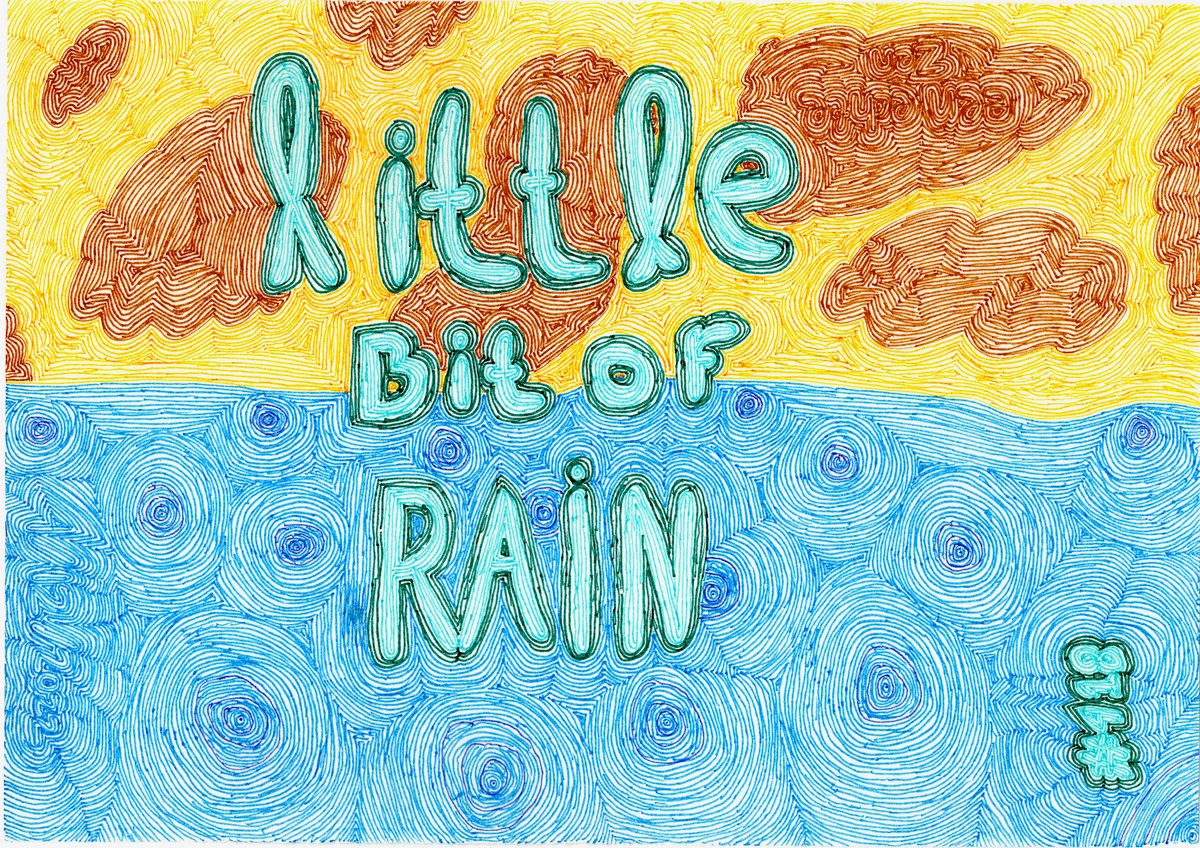
Display Method | Cost | Durability | Ease of Change | Decorator's Notes |
|---|---|---|---|---|
| Framed Prints | Moderate | Good | Easy (swap prints) | Versatile and polished. Acrylic 'glass' is ideal for high-traffic teen rooms. Choose simple, classic frames that won't detract from the art, allowing for future re-uses. |
| Canvases | Moderate to High | Very Good | Moderate (rehang) | Offers a more substantial, artistic feel. Durable and generally safer than framed glass in a dynamic teen environment. Great for large abstract pieces that need impact. |
| Gallery Walls | Varies | Varies | High (rotate pieces) | Perfect for showcasing evolving tastes, personal photos, and mixed media. Use consistent matting or a dominant frame color for cohesion, or embrace an eclectic mix for a bohemian vibe. Plan layouts on the floor first! |
| Floating Shelves | Low to Moderate | Good | Very High (easy swap) | Excellent for displaying smaller framed items, books, and objects that change frequently. Provides flexibility without putting holes in the wall for every piece. Mix heights and depths for visual interest. |
| Direct Wall Decals | Low | Low to Moderate | High (removable) | Ideal for temporary trends, inspiring quotes, or graphic elements. Ensure quality decals for easy, damage-free removal. A fun, low-commitment way to inject personality, often used by decorators for themed accents. |
Visiting Galleries and Shows: Real-World Inspiration
And speaking of practicalities, don't forget the power of real-world inspiration. Maybe browse through art online together, or even better, visit a local gallery or an artist's museum, like the one I have in /den-bosch-museum. Look for street art exhibitions, interactive installations, or contemporary art fairs – these often resonate more deeply with younger audiences, offering a visceral experience beyond a screen. As a decorator, I always advocate for hands-on experiences; seeing art in person offers a different kind of connection and helps refine their taste, as I’ve discussed in my thoughts on creating ambiance.

FAQ: Navigating the Teenage Art World – A Decorator's Perspective
Navigating these choices can sometimes bring up a whole host of questions, so let's address some common ones from a decorator’s perspective:
Q: What if my teen's taste is constantly changing, or they lean towards fleeting trends? A: Embrace it! That's part of adolescence. For trendy pieces, I, as a decorator, recommend opting for affordable prints, posters, or even digital art that can be easily swapped out. A gallery wall with clip frames or floating shelves allows for easy rotation without constant re-drilling. For foundational, potentially longer-lasting pieces, steer them towards choices that reflect deeper values or emotions, like abstract art that speaks to their evolving inner world rather than a fleeting pop culture reference. Think of their room as a living, evolving canvas, and design for flexibility.
Q: How do I ensure their choices are age-appropriate without being a censor, especially if they want something I find too childish, too dark, or too mature? A: This is a tricky one, and it happens more often than you'd think! My approach is always rooted in open dialogue, not immediate censorship. Start by genuinely asking why they're drawn to it. Is it the aesthetic, a hidden message, or a desire to push boundaries? Express your concerns calmly, focusing on family values, what might be genuinely disrespectful, or the potential impact on their own mental space, rather than just 'I don't like it.' Then, work together to find alternatives that capture the spirit of what they like but in a way that aligns with your household's boundaries. Compromise and creative redirection are your best friends here; a direct 'no' without explanation often just fuels rebellion. From a decorator's practical side, sometimes confining a very edgy piece to a less prominent spot can be a good compromise. Remember, it's about supporting their expression, not stamping your approval on every single item.
Q: Should I invest a lot in art for a teenager's room? A: Not necessarily. The goal is self-expression and inspiration, not a museum exhibit (unless they want it to be!). There are fantastic, affordable options out there. If they genuinely fall in love with a piece they want to keep for years, then yes, that might be a good investment – consider it an early investment in their personal collection. But generally, prioritize flexibility for trends and budget-friendly options, especially as their tastes solidify.
Q: My teen wants something I absolutely hate. What do I do? A: Take a deep breath. Is it genuinely offensive or just not your taste? I remember my own phase with a giant glow-in-the-dark alien sticker – my parents were less than thrilled, but it felt like pure rebellion to me at the time. Sometimes you just have to pick your battles. If it's truly problematic (e.g., overtly disrespectful or harmful), calmly explain your boundaries and offer to help them find something else that speaks to them. Compromise is often key here, perhaps confining truly polarizing pieces to a less visible corner, or using a less permanent display method for 'experimental' pieces. As a decorator, I often remind clients that it's their room, and a little personal quirk is part of what makes it special.
A Space to Grow Into – A Decorator's Final Thoughts
Ultimately, choosing art for a teenager's room isn't about decorating a magazine-worthy space. Trust me, very few teenage rooms are 'magazine-worthy' in the traditional sense, and that's okay! It's about nurturing an individual. It's about providing a backdrop for their dreams, their anxieties, their discoveries, and yes, even their wonderfully messy transformations. It's about letting them experiment with who they are, one brushstroke or one print at a time. It’s about giving them permission to be themselves, unapologetically.
I recall a conversation with a young client who, after much collaborative searching, chose a surprisingly subdued abstract landscape for her room. Months later, her mother told me it had become her 'thinking space,' a quiet visual anchor during exams and tough emotional patches. It wasn't the vibrant, expressive piece we initially thought she'd gravitate towards, but it was exactly what she needed. That's the real magic of this process, and a testament to the power of thoughtful design – finding the art that truly serves the person, not just the aesthetic.
My personal philosophy has always been that art should resonate, provoke, and connect. For a teenager, it's an extension of their nascent identity, a quiet declaration of self in a world that often demands conformity. As a decorator, my role is to empower them through design, creating an environment that supports their growth and expression. So, what are you waiting for? Start the conversation, browse some art (maybe even mine on /buy!), and most importantly, empower them to choose wisely, to choose boldly, and to choose for themselves. After all, it's their canvas, and it's their story unfolding, one beautiful, messy, wonderful piece of art at a time.




